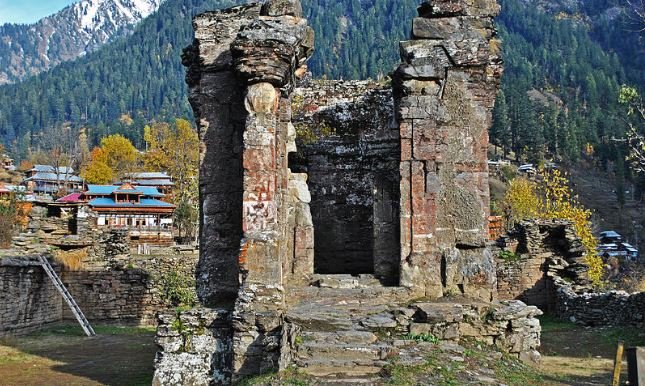Jammu and Kashmir’s decision to invest nearly Rs 170 crore in the restoration of 82 heritage monuments marks a remarkable moment in the region’s cultural journey. At a time when modern development often overshadows historical memory, this initiative stands as a thoughtful reminder that progress need not come at the cost of heritage. Instead, the past and the future can grow together when governance remains sensitive to cultural identity. Across Srinagar and Anantnag, the restoration effort covers shrines of deep spiritual resonance, centuries-old temples, revered Sufi landmarks, and architectural structures that reflect the Valley’s diverse historical tapestry. These spaces are not merely relics but living cultural anchors that shape community identity, inspire faith, and uphold the region’s shared heritage.
The allocation of Rs 76.40 crore for 48 sites in Srinagar and Rs 93.95 crore for 34 sites in Anantnag demonstrates a well-calibrated approach based on structural need, cultural importance, and historical significance. The District Development Commissioners have shown administrative clarity by urging the Public Works Department to submit technically vetted DPRs without delay. Their sense of urgency reflects an understanding that heritage cannot wait. Environmental exposure, encroachment, decay, and structural vulnerability all demand swift action if these monuments are to be preserved for future generations. Many of the selected sites tell unique stories of Kashmir’s cultural evolution. The restoration of Imambada Srinagar, the preservation of Swami Lakshmanjoo Ashram, the conservation of Khanqahi Mualla and the revival of the ancient Kalai Wall reflect the sincerity of the effort. Temples such as Vaital Bhairav, Shiv Temple Karapora and the historic Gopi Tirath reveal a commitment to inclusive heritage. In Anantnag, the revival of ancient temples at Umanagri, the renovation of Ziyarat Sharief Khiram, the conservation of Jamia Masjid Bijbehara and the restoration of Gurudwara Padshai Bagh highlight the shared tradition of spiritual coexistence that has defined the region for centuries. Each site carries its own significance, and together they create a rich cultural mosaic. What distinguishes this initiative is the robust administrative mechanism behind it. Joint verification by the Forest and Revenue Departments, technical scrutiny by PWD engineers and digitization by the Department of Environment and Remote Sensing reflect a new era of coordinated governance. These steps strengthen accountability and ensure that only legally clear and structurally viable sites are taken up for restoration. Such an approach reduces procedural bottlenecks and allows for smoother implementation once funds are released. The broader benefits of this conservation effort extend beyond cultural sentiment. Heritage restoration is labour intensive and has the potential to create substantial employment for local artisans, masons, carpenters, woodworkers, and traditional craftsmen who possess rare skills. Meaningful revival of heritage sites also enhances cultural tourism, which can stimulate local economies and attract visitors interested in history, architecture, spirituality, and craftsmanship. When restored with authenticity and care, these monuments can become catalysts for sustainable growth and symbols of community pride. Yet the success of this initiative will ultimately depend on its continuity. Preservation does not end with repair. It must be supported by active monitoring, community involvement, and long-term maintenance. Local participation is essential for preventing encroachments and ensuring that these sites remain protected. Educational outreach and tourism management plans should also be integrated to create a wider sense of public ownership.
Jammu and Kashmir’s heritage is one of its greatest assets. The decision to restore 82 monuments with such substantial funding deserves appreciation for both its ambition and its sincerity. At a time when the region is confidently shaping its developmental future, the parallel effort to honour its cultural past is both timely and commendable. The restoration initiative reflects the J&K Government’s visionary commitment to cultural preservation, honouring heritage while uplifting communities through balanced, inclusive, and forward-looking developmental stewardship across the Union Territory.




